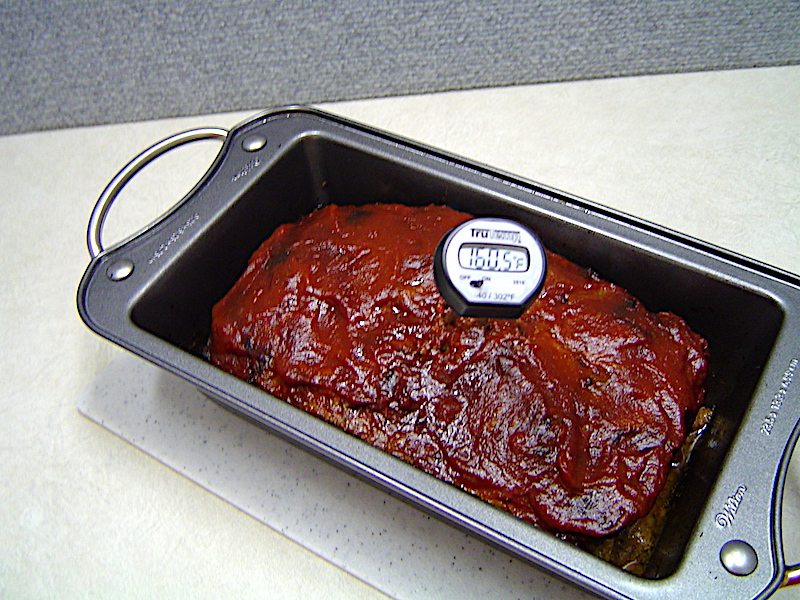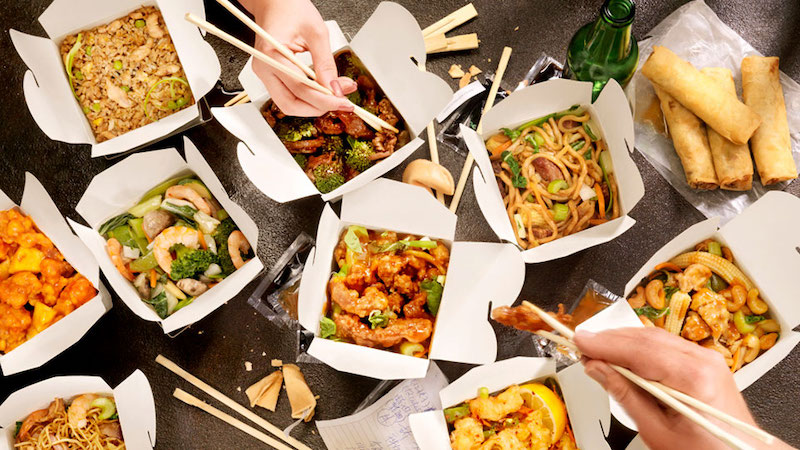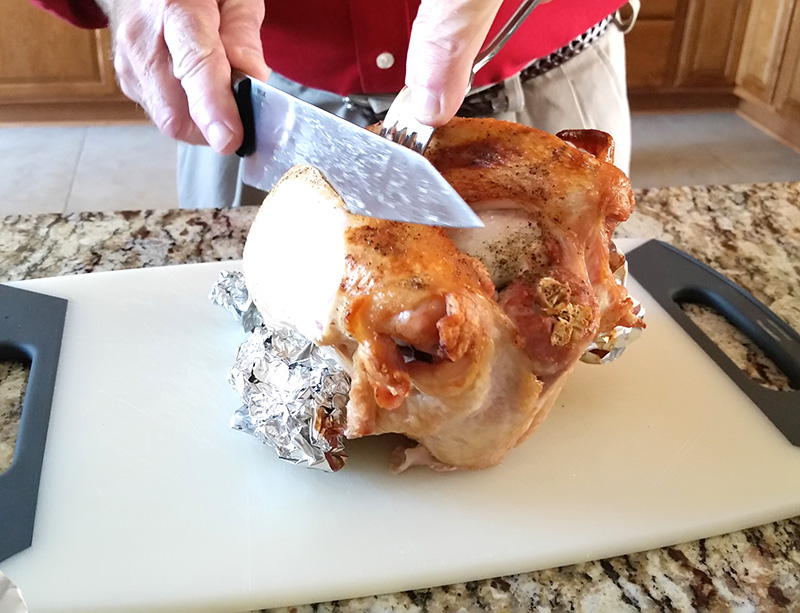For generations of students, the sandwich has been the center of the sack lunch universe. But today some parents are borrowing lunch ideas from other cultures in an effort to boost variety in their children’s diets.
Bento boxes, which, until recently, were used primarily by Japanese schoolchildren, have become increasingly popular in the United States. What separates a bento box from a traditional lunchbox is a series of compartments that hold separate servings of protein, rice, vegetables or fruit.
Bento lunches are also known for being cute. The internet is full of bento photos featuring rice mounds painstakingly pressed into the shape of dolphins, and flowers made out of ham slices.
Will that effort entice children to try new things? Possibly, said University of Georgia Cooperative Extension health and nutrition specialist Alison Berg. But she adds that you don’t have to make every lunch an arts and crafts project to give bento boxes a try.
“I think it’s a good option in terms of exposing kids to a larger variety in a way that is developmentally appropriate,” said Berg, who is also an assistant professor of foods and nutrition in the UGA College of Family and Consumer Sciences. “Finger foods are great for that because kids find them less intimidating.”
Bento box lunches usually contain portions of bite-sized pieces of vegetables and fruit, pieces of meat or tea-sized sandwiches and crackers.
The key to keeping what is basically a collection of snacks healthy is the ratio. The boxes should have four parts healthy carbohydrates, like whole wheat crackers or molded brown rice; two parts protein, like cheese, lean meats (think turkey, low-fat ham or chicken breast) or chickpeas; one part fruits, like sliced apples; and one part vegetables, like carrot sticks.
The U.S. Department of Agriculture’s ChooseMyPlate.gov website has a detailed background on recommended portion sizes for kids of all ages and has some great suggestions for new lunchbox favorites.
Unless the lunchbox can be kept cool in a refrigerator or with an ice pack, it’s important to pack food that will be safe to eat at room temperature.
One of the key concepts that parents need to remember when introducing new foods into a child’s lunchbox — like swapping those carrot sticks for cauliflower florets — is to keep offering them and to keep some old standbys in there. A bento box full of new foods might result in a hungry kid, but consistently offering one or two new items a day will eventually broaden children’s palates.
“Kids might need 20 to 30 exposures to a new food before they will truly accept it. Offering foods in a way that’s fun and easy for them, like finger foods in a bento box, might help speed up the process, and that’s good for kids and their parents,” Berg said.
For more information about helping your child to become a more adventurous eater and making better food choices at any age, visit eatright.org.






